Does Microdosing Actually Work or Are We All Just Really High on Hope?
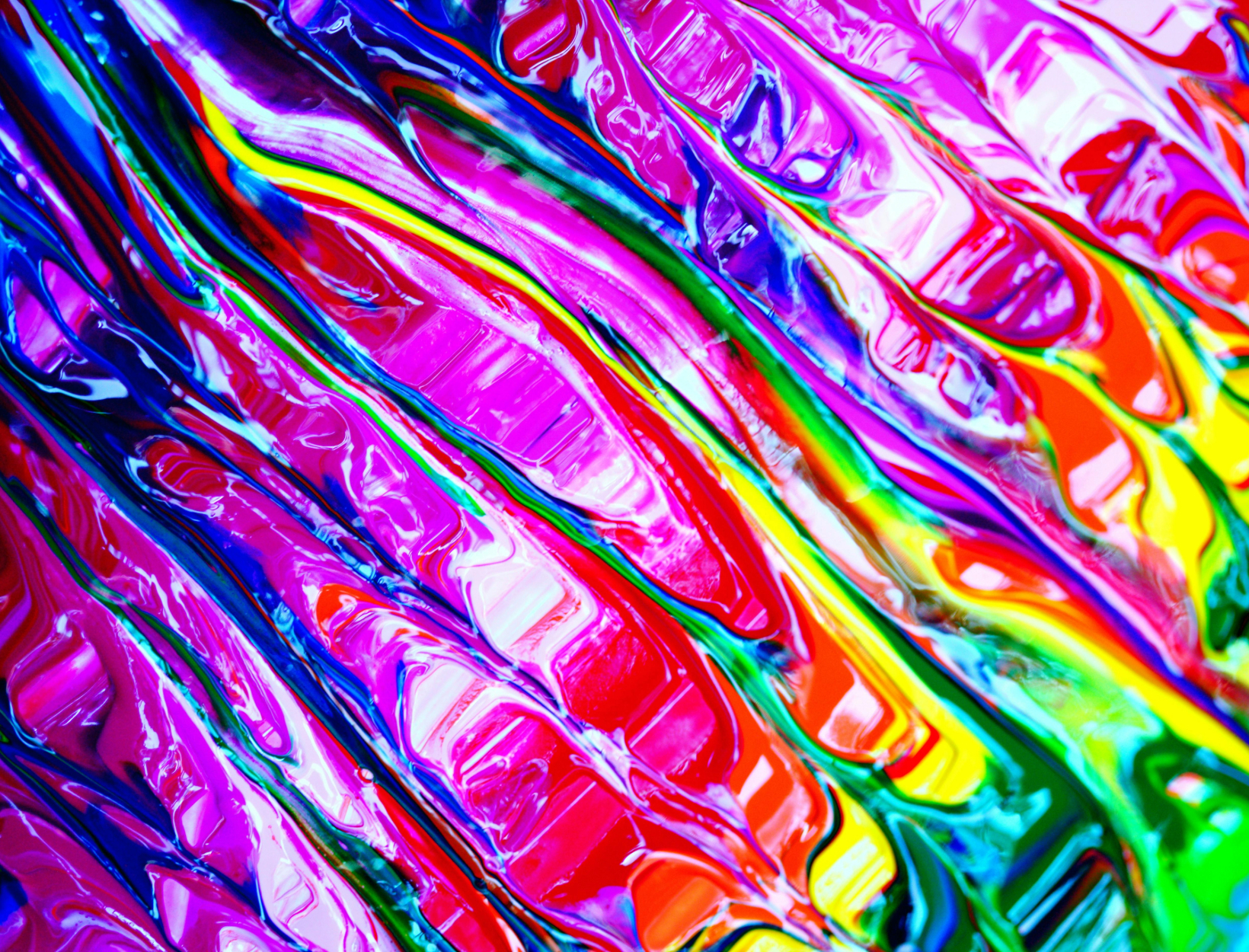
Depending on your experience with psychedelic drugs, the idea of microdosing as a form of therapy might sound either terrifying or like the best Tuesday ever. But before you start adding mushrooms to your morning smoothie routine, let’s talk about what the actual science says. Is there evidence to support this latest trend in wellness?
What is microdosing?
According to Dr. Sara Szal, director of precision medicine at the Marcus Institute of Integrative Health and host of Treated, “Microdosing is the use of sub-perceptual, sub-hallucinogenic doses of psychedelics to obtain benefits without cognitive or perceptual distortion.” In other words, you’re not going to be “tripping” if you microdose properly.
Dr. Szal says that the study of microdosing in general is still in its infancy, with most research focusing on LSD, psilocybin (mushrooms), MDMA, and other amphetamines.
How reliable are scientific studies of microdosing?
First of all, Dr. Szal notes one big issue in the studies on microdosing that have been published thus far: Many of them only studied the effects of psychedelics on men. “This is something I see all the time in scientific literature,” she explains. “We have had hundreds of years of studying men and assume that what is true for them also applies to women.” But because there are both biological and socially constructed differences between men and women, says Szal, “we cannot assume what is true for men also applies to women.”
Putting that aside, however, some of these trials have shown positive impacts from microdosing.
How does microdosing help with sleep, cognition, and pain management?
Studies do seem to suggest that microdosing psychedelics can help you feel better or even think better, although more research is needed.
In one study Dr. Szal cited, eight men were given 10 micrograms of LSD every three days for six weeks (with 80 others getting a placebo). The LSD group in this study experienced an extra 24 minutes of sleep on average with no adverse effects. Who among us couldn’t use an extra 24 minutes of sleep?
Dr. Szal also referred to a study of 34 men who were given 0.5 grams of psilocybin, or dried mushroom. This study looked at subjective experience, behavior, creativity, perception, cognition, and brain activity and found that people who received the active dose of psilocybin noticed more “intensity” in their experiences and showed measurable changes in theta brainwave activity—the type associated with information processing and memory formation. Research has also suggested that boosted theta wave activity could also help reduce anxiety in people with generalized anxiety disorder (GAD).
The largest systematic review of microdosing looks at studies from 1955 to 2021, with a wide range of risk of bias, age of participants, and other characteristics. But the most consistent finding across these studies? Changes in pain perception. This seems to suggest that microdosing might help people dealing with chronic pain.
Take Simpa, a 28-year-old featured in a 2017 BBC article, who turned to microdosing to help with his depression, anxiety, and PTSD. Simpa reported that the SSRI he was prescribed for these issues had more side effects than benefits, so he microdosed instead. “I’ve found that these substances, psychedelics, give me the benefits without any of those drawbacks. Me using these substances means I’ve been able to view my trauma so that it’s just an experience, a memory like any other,” Simpa said in the article.
Do psychedelics actually make you more creative?
People often cite drugs as a reason that some of the musicians of the ‘60s and ‘70s were so creative, but does taking LSD really lead to a song like “Lucy in the Sky With Diamonds”? The jury is still out. For one thing, Dr. Szal says that creativity is really challenging to assess in a laboratory setting.
Dr. Szal cited a web-based study of psilocybin, which examined 40 different observational studies of the drug: “Definitive conclusions regarding the efficacy of psilocybin microdosing remain elusive, emphasizing the need for future study,” she reads from the report. “There’s a number of research gaps that necessitate consideration for future investigations.”
In another study, eight men were given 10 micrograms of LSD every three days for six weeks to see if it impacted their creativity. “They did a couple of different creativity tasks,” she explains, “and overall found no effect on their creativity.”
But before we dismiss the creativity claims entirely, Dr. Szal offers some important context: “Laboratory testing conditions may negatively affect your ability to measure a difference in creative performance. The tests that are available may not be sufficient to capture the facets of creativity that are anecdotally affected by microdosing.”
So it’s possible that asking someone to be creative on command in a sterile lab environment isn’t the best way to measure whether microdosing enhances artistic flow. It’s also possible that people just think they feel more creative while taking psychedelics—and maybe that’s enough.
The current rules around microdosing
Psilocybin and LSD are both still federally illegal, no matter how “micro” your dose may be. “I have to acknowledge that most of these medications that we’re talking about are not considered legal to be using,” says Dr. Szal.
While the criminalization of psilocybin and LSD varies from state to state, some have begun creating frameworks for therapeutic use, but there’s no FDA approval for microdosing anywhere in the U.S.
Dr. Szal’s experience with psychedelics
If you’re curious about microdosing, Dr. Szal recommends James Fadiman’s writing on the subject for guidance. “When we look at the science, I feel like what it shows us overall is that there don’t seem to be serious side effects associated with microdosing psychedelics,” she says.
Dr. Szal herself has taken part in an MDMA-assisted therapy clinical trial, which evaluated the drug’s efficacy in people with adverse childhood experiences and trauma. (Trauma can have a physical impact on the body, with side effects like higher blood sugar or an impacted nervous system.) She has also microdosed with psilocybin and found that it improves her sleep and heart rate variability.
We have a lot to learn about microdosing
The research suggests that microdosing psychedelics may help with pain management, sleep, and anxiety, but we’re still in the early stages of understanding how, why, and for whom it works best.
“Just as we’ve refined our understanding of metabolic health and neuroplasticity and longevity,” says Szal, “I feel like we need that same precision-driven approach to psychedelic therapies, including microdosing. We need to know more about dosing strategies, about synergistic lifestyle interventions that really help to maximize the benefits while mitigating risks.”
For more science-backed information about medication and health, check out Treated with Dr. Sara.
One response to “Does Microdosing Actually Work or Are We All Just Really High on Hope? ”
-
You might want to take a look at the new book by Dr. James Fadiman and myself, Microdosing for Health, Healing, and Enhanced Performance. (Dr. Szal who you focus on recommends Jim’s work, not surprisingly, as Jim is nearly universally consider the developer or sometimes “father” of Modern Microdosing.) To find out more about the book, see http://MicrodosingBook.com. The book came out about four months ago through St. Martin’s Essentials.




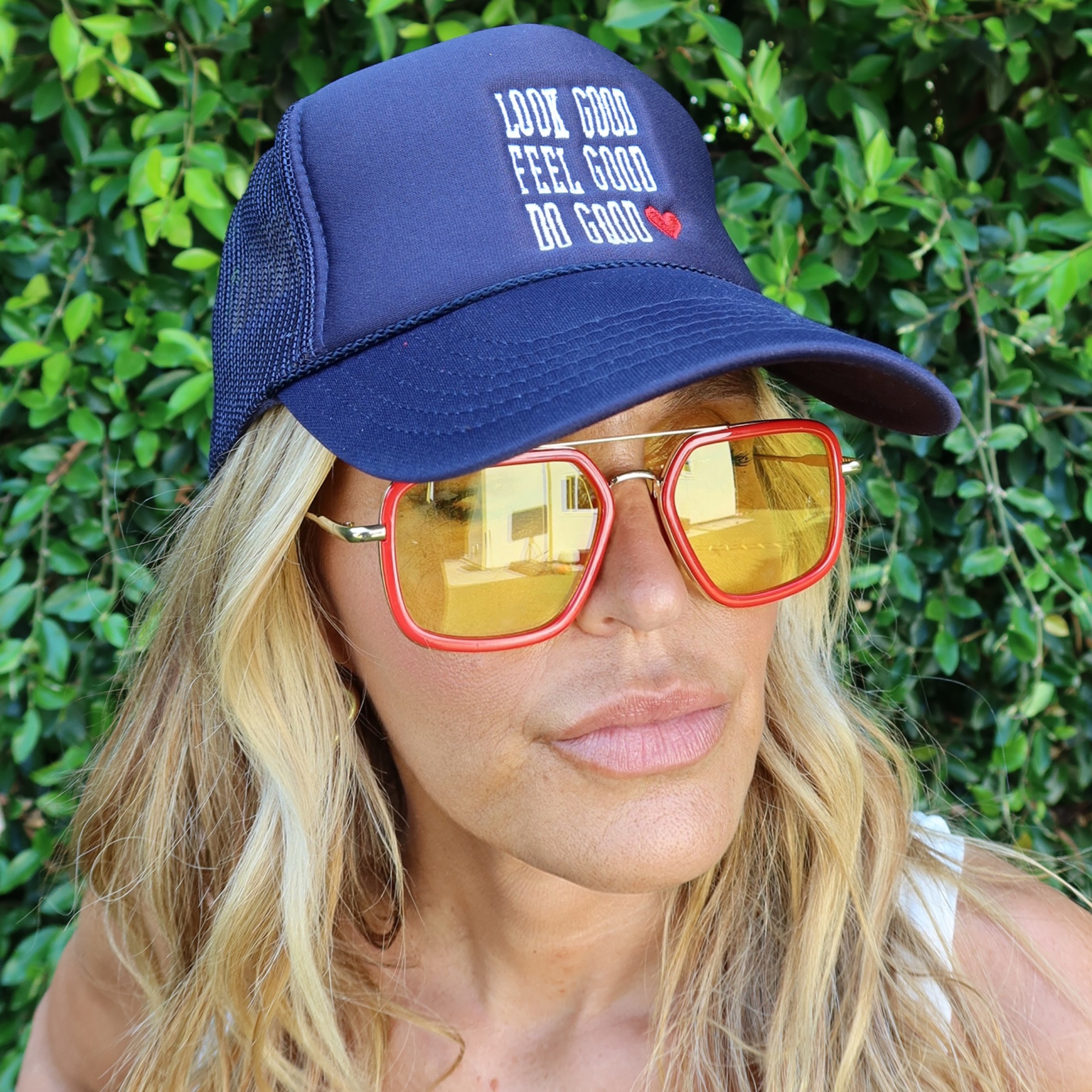

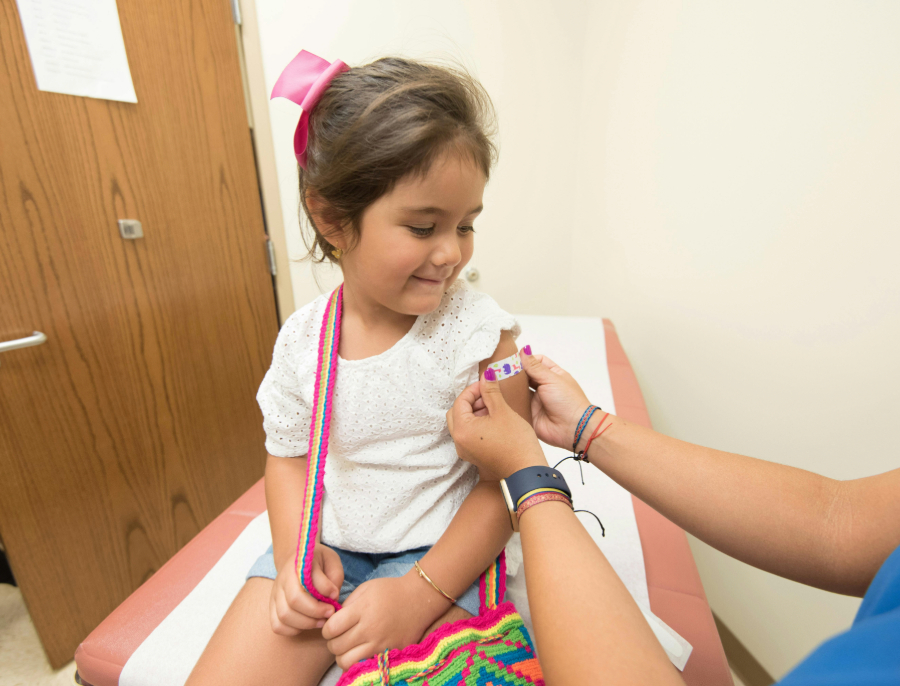
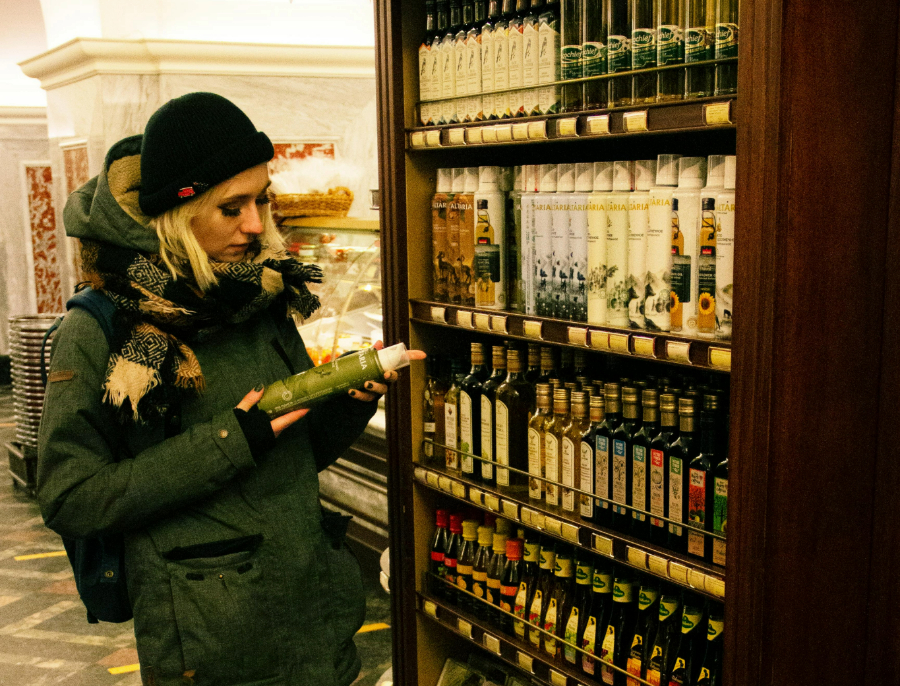


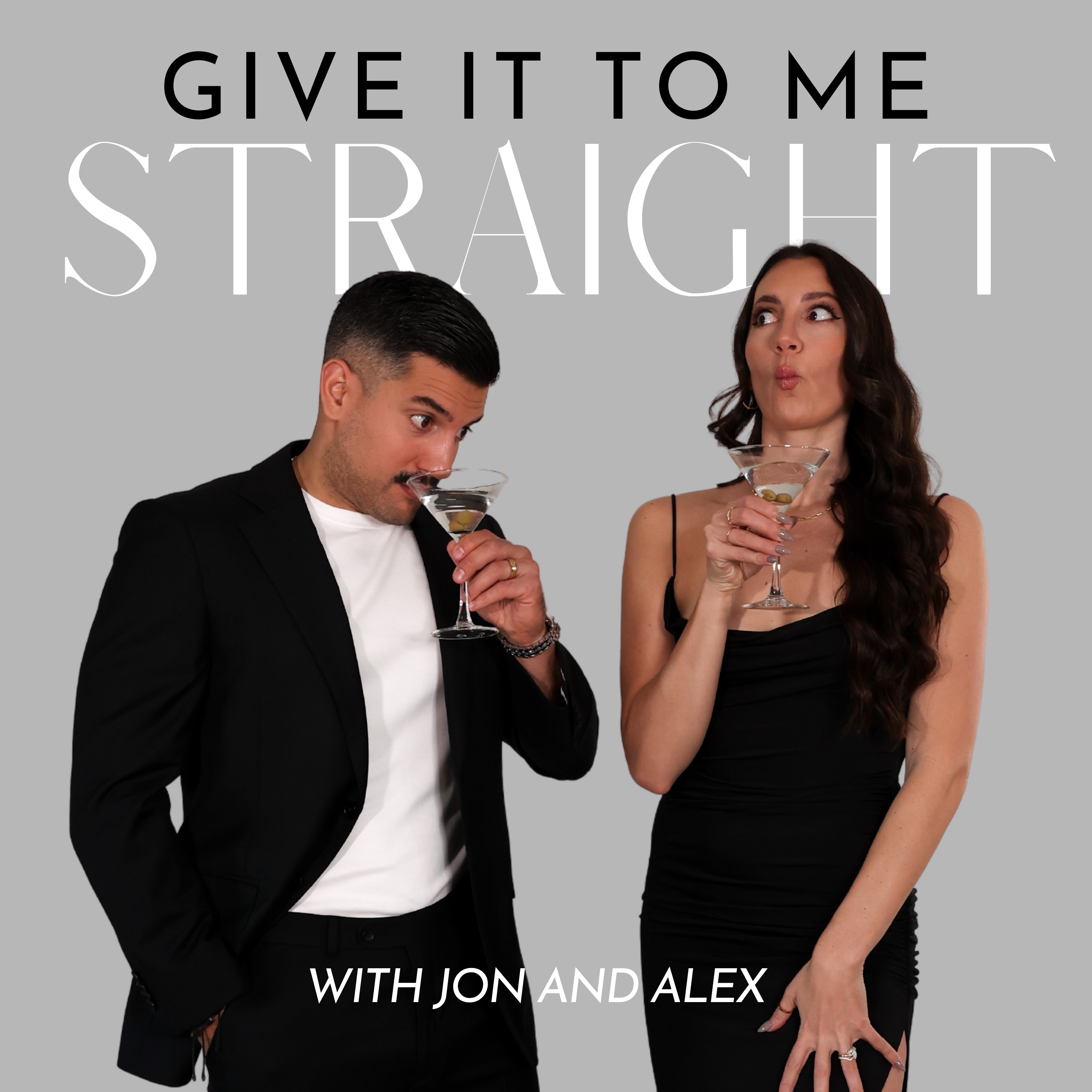
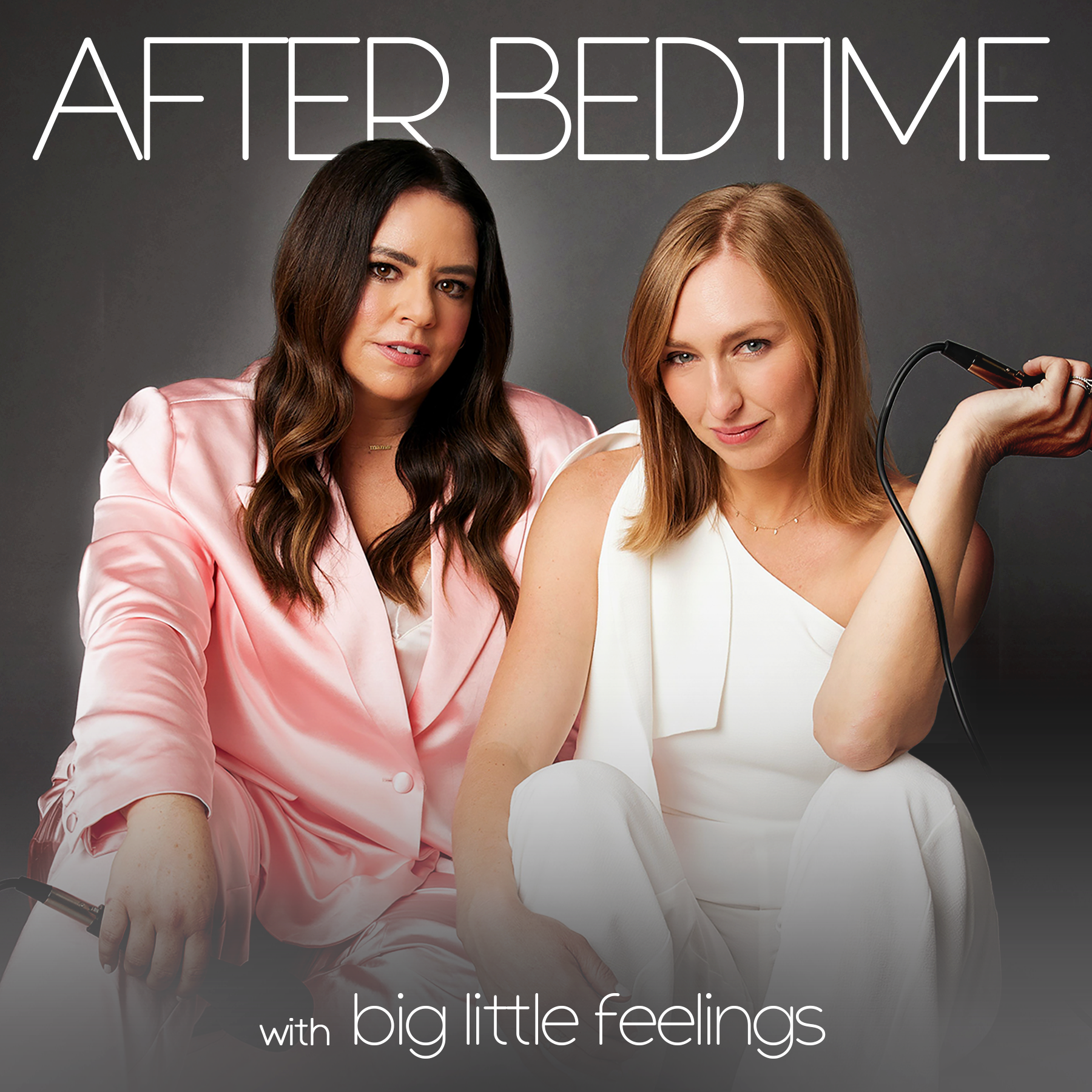


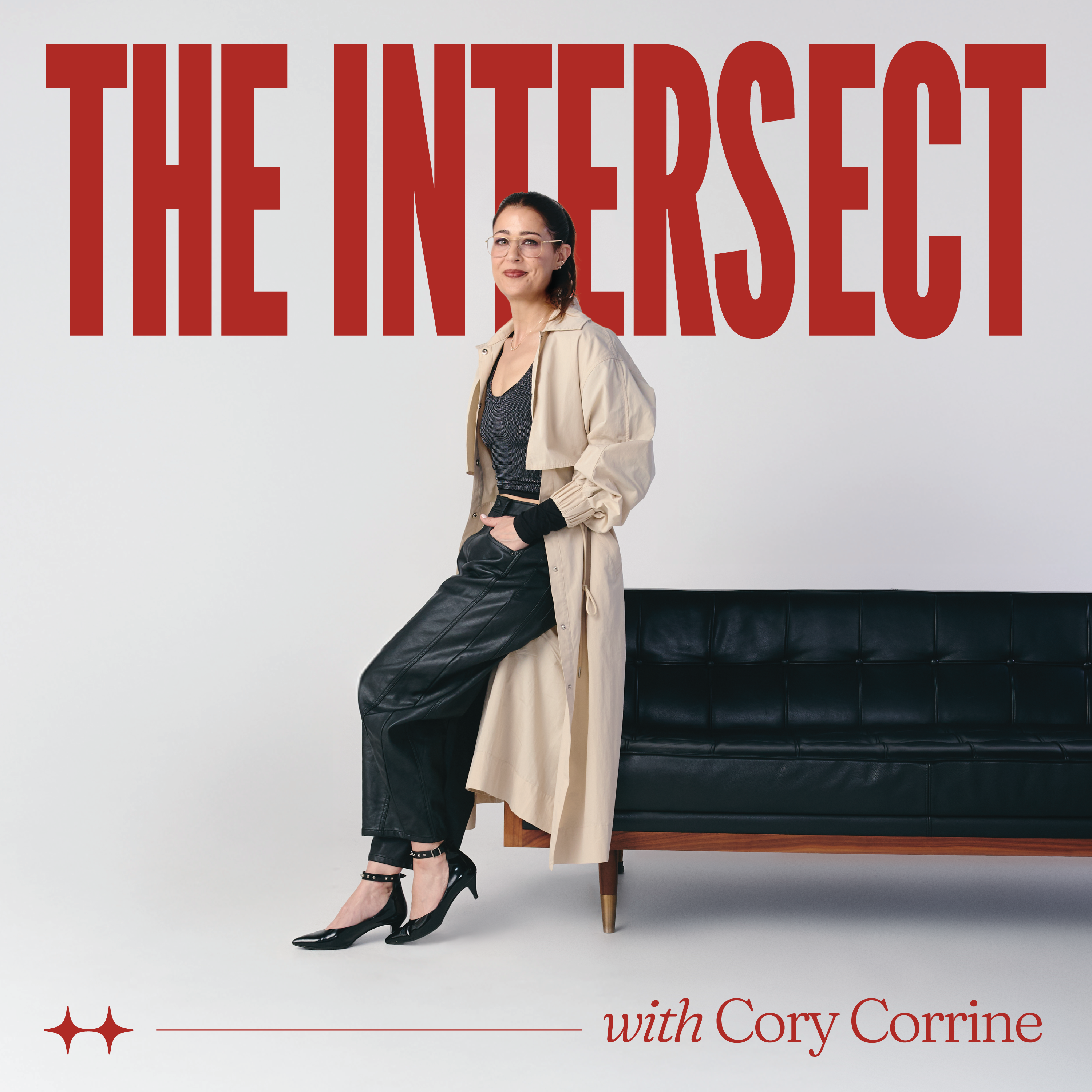


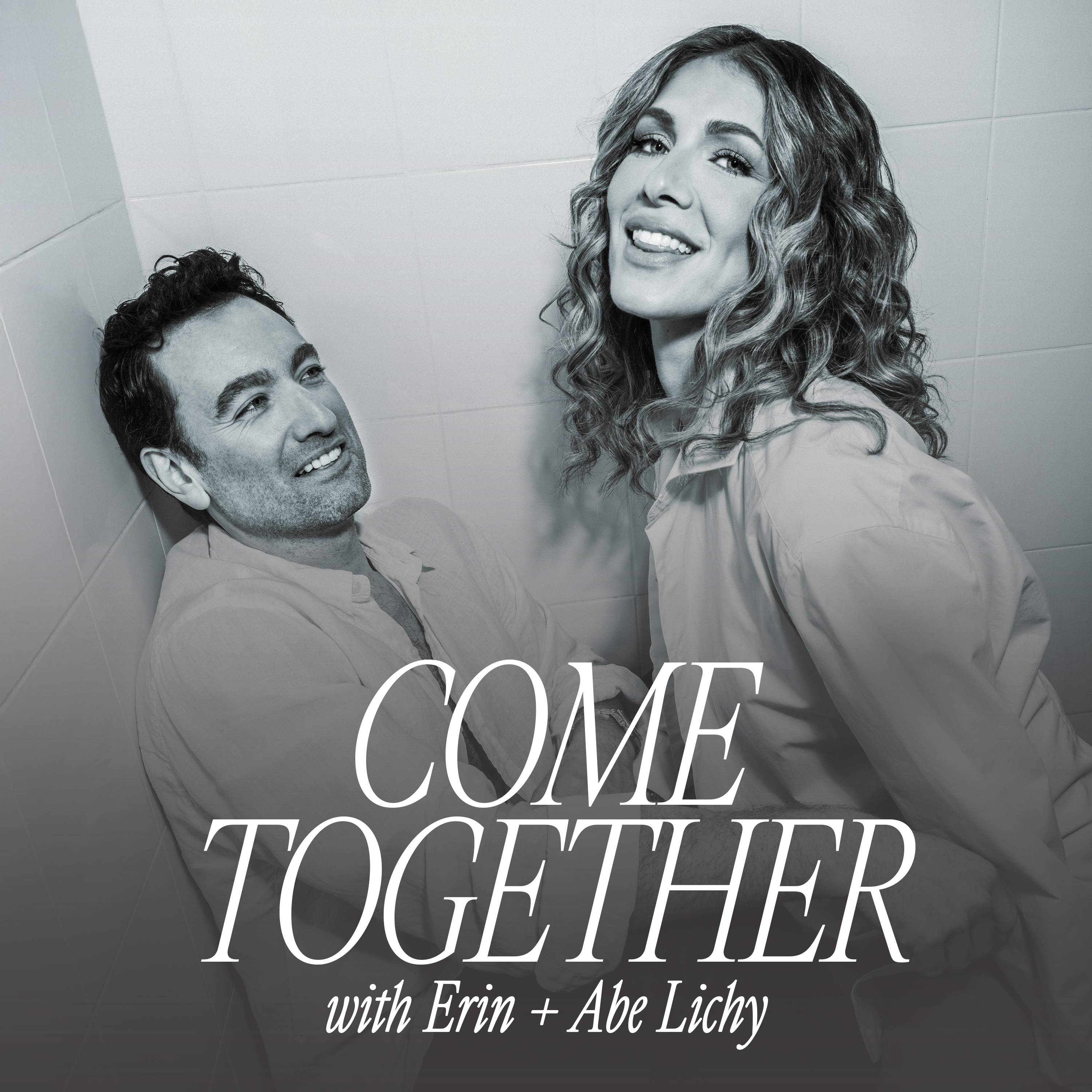
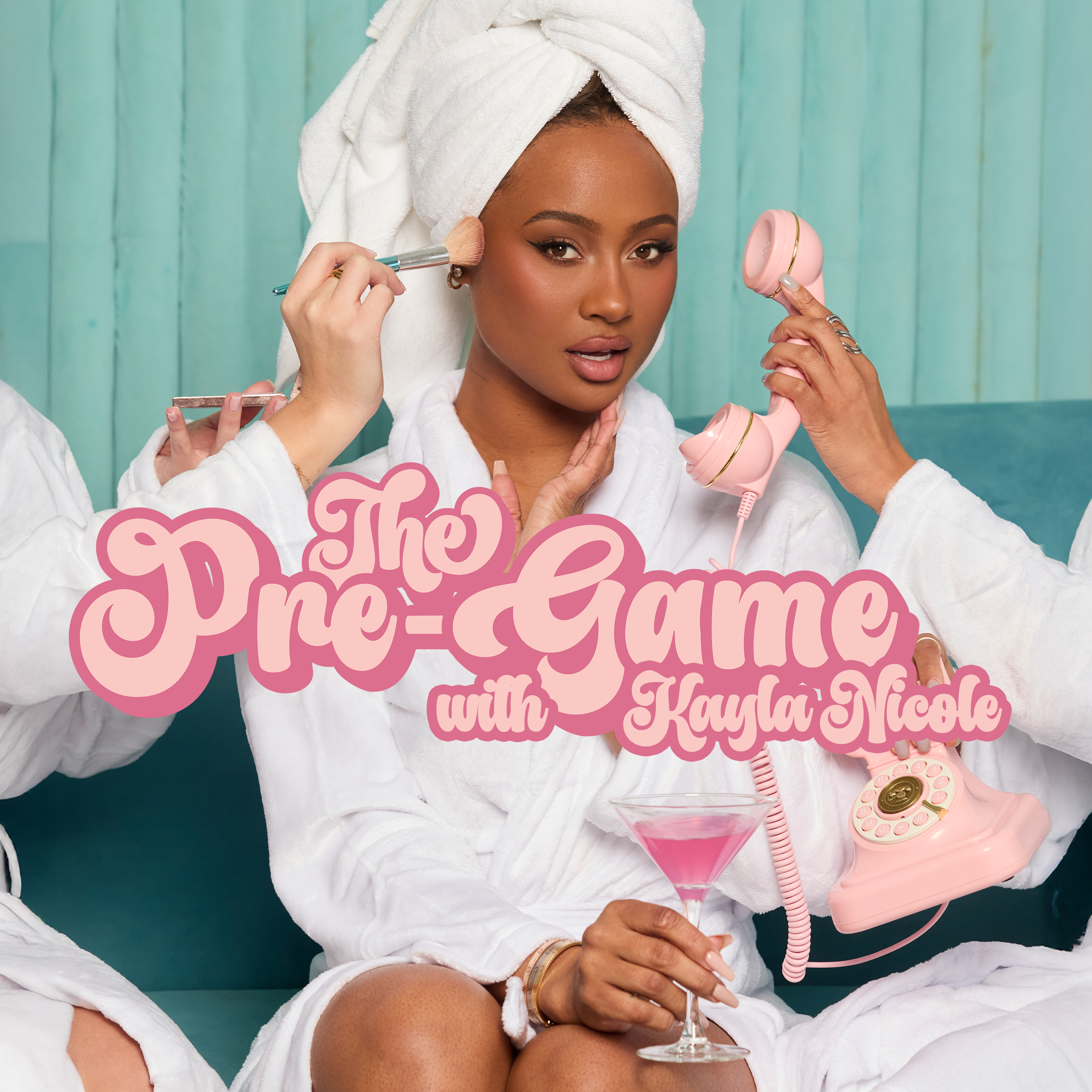

Leave a Reply